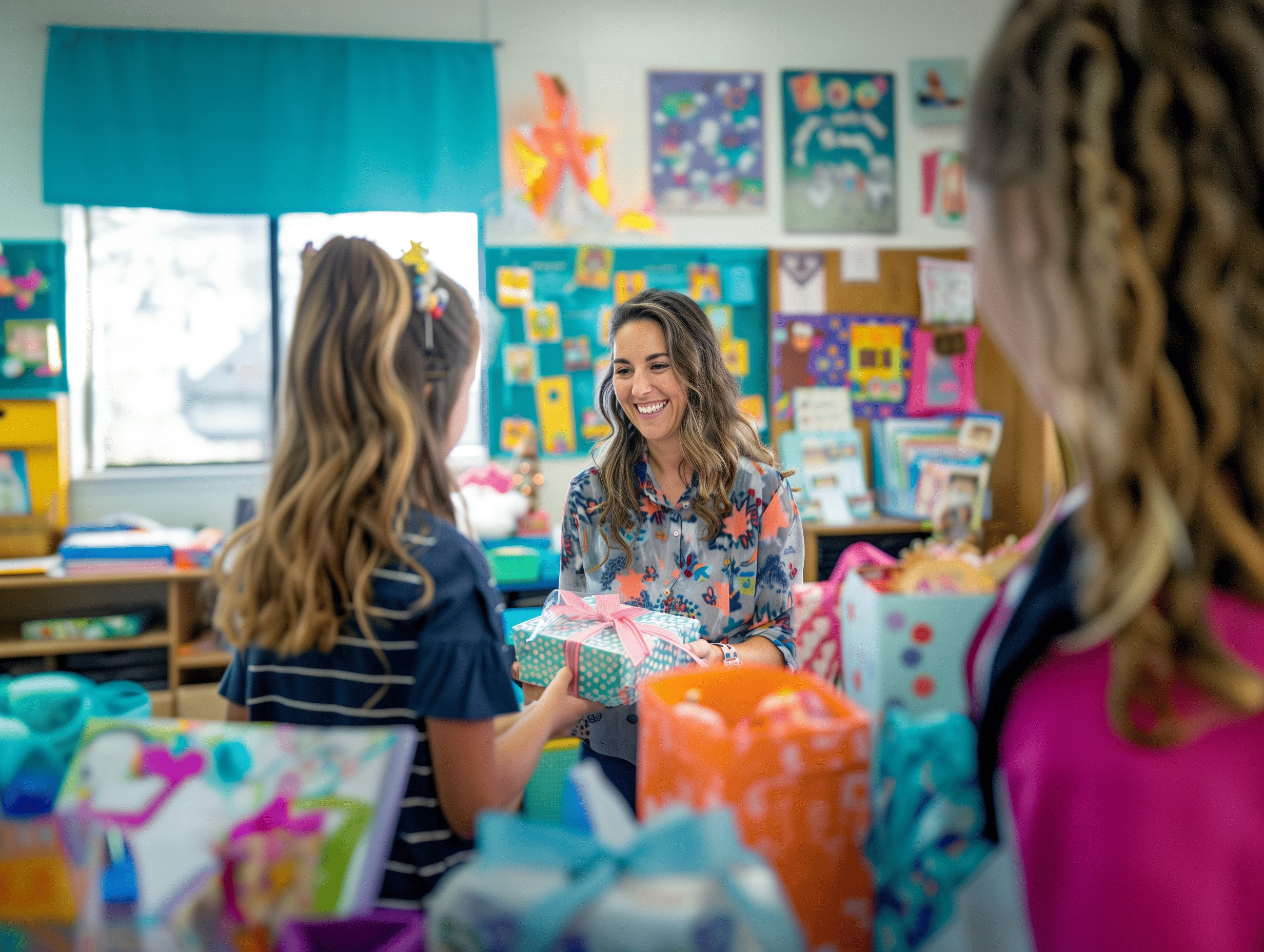Violence Prevention/Reduction
The Bender Connectedness Checklist (BCC)
William N. Bender, Ph.D.
Student's Name ________________ Age ________ Grade ________ School ______________
This informal assessment may be completed by one teacher or a group of educators. The form is intended for students aged 12 and older, and it may be appropriate in some cases to have the target student participate in a discussion using this form. Please consider each indicator individually, and address each question in two ways. First, indicate your (or the group consensus) level of agreement with each indicator, with 1 representing 'strongly disagree,' and 5 representing 'strongly agree,' and then make any explanatory notes below each indicator. Use additional sheets for notes, as necessary.
This connectedness checklist is intended only as one informal assessment of an individual child's connectedness with his or her academic environment, and thus may serve as one indicator of possible concern for students who seem disassociated with others in the school. Educators may choose to generate a score by summing the individual indicators, but such summed scores should always be compared to summed scores from other children in the same setting, in order to draw any tentative conclusions on the level of connectedness of the target child. Higher scores represent students who have higher connectedness with adults in the school environment and community, and will generally be less disposed to seek recognition and attention through overt or random violence in schools. However, a lower score does not mean that random violence from any target student is immanent--merely that the student may need some assistance in developing successful relationships in the school environment. For students with lower scores, educators should investigate additional indicators of the student's connectedness with adults within and outside of the school environment, by inviting other teachers, administrators, and other non-teaching personnel who know the child to participate in a discussion of the child's emotional well-being. Also, educators may wish to invite a child's parents to assist by sharing information about the child's connectedness with others in the community outside of the school environment.



